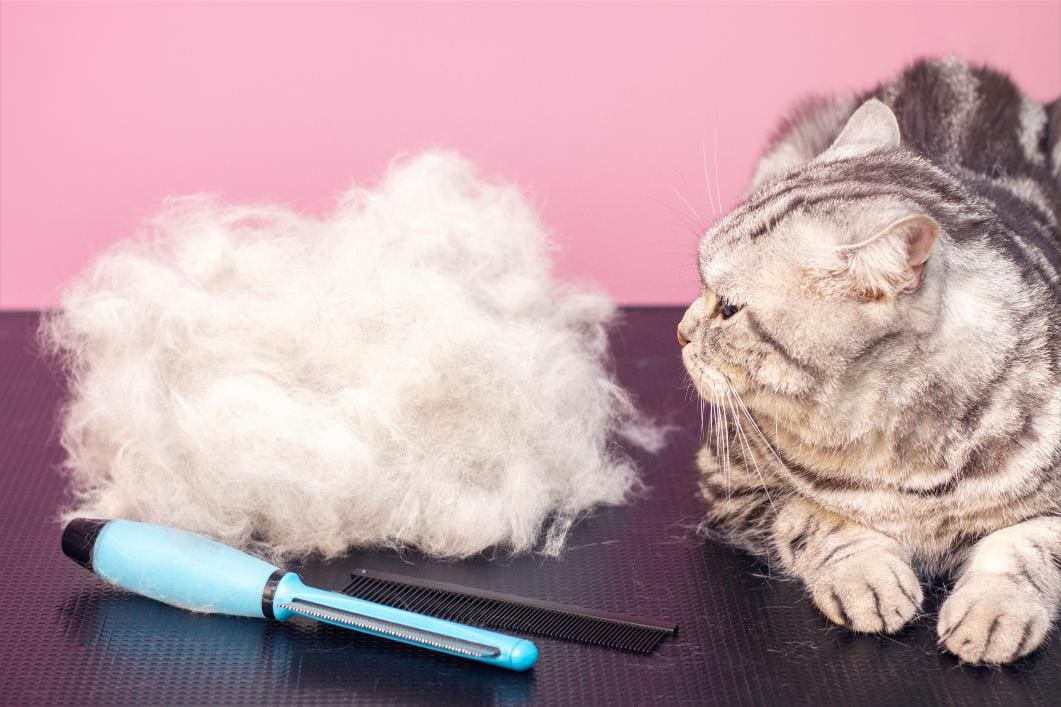Hairball Management for Cats

At Sacramento Cat Hospital, there is nothing we love more than caring for the unique needs of felines, and if there’s one thing that goes hand-in-paw with having cats in the house, it’s hairballs. In this blog, our team puts these mysterious clumps of matted fur under a microscope and explains when and why these little messes warrant a call to the doctor.
Untangling the Causes of Hairballs
Cats groom themselves frequently to stay clean and well-kept. They’re impeccable hygiene can come at a cost in the form of far too much swallowed fur. When this builds up in a cat’s digestive tract, it can form an uncomfortable clump — and this will trigger the cat’s instinctive urge to purge the hairball from their body.
Healthy cats with robust digestive systems can typically handle the amount of fur they ingest. However, some factors can cause hairballs to form faster than usual, such as:
- Breeds with long hair, like Maine Coons and Himalayans
- Certain skin conditions cause excessive shedding (which causes excessive grooming)
- Underlying digestive problems
- Overgrooming from boredom or stress
When Hairballs Turn Hazardous
A cat’s digestive tract generally processes the fur it consumes while grooming. And if not, the cat simply regurgitates a clump of fur on your new area rug and goes back to business as usual. There are rare cases, however, when a clump of ingested fur gets too large and becomes lodged in the cat’s digestive system. If it makes it into the small intestine, it can create a blockage—and this is a serious medical emergency requiring immediate surgery.
If your cat retches multiple times a day (whether or not a hairball comes up) or if the vomiting or retching is accompanied by symptoms such as lethargy, loss of appetite, constipation, or diarrhea, contact your veterinarian right away. Your cat could have other digestive problems such as inflammatory bowel disease, and an accurate diagnosis is needed.
Hairball Management at Home
If your cat has frequent hairballs, contact your veterinarian. Underlying digestive problems could be contributing to the frequency of your cat’s hairballs. Without proper treatment, the cat’s health could worsen.
For typical felines that casually deposit the occasional hairball, the following strategies can be helpful:
- Regular grooming and brushing can greatly reduce the amount of fur your cat swallows—especially for long-haired breeds.
- Use hairball control gels like Laxatone.
- Offer hairball control cat food or treats.
- Provide veterinarian-recommended high-fiber hairball control supplements.
We Celebrate Your Cat’s Crowning Glory
Our exclusive cat practice is dedicated to protecting your cat’s health and their glorious coats. If you have questions on hairball management, please contact our team at (916) 488-4161. We’re here to help.
